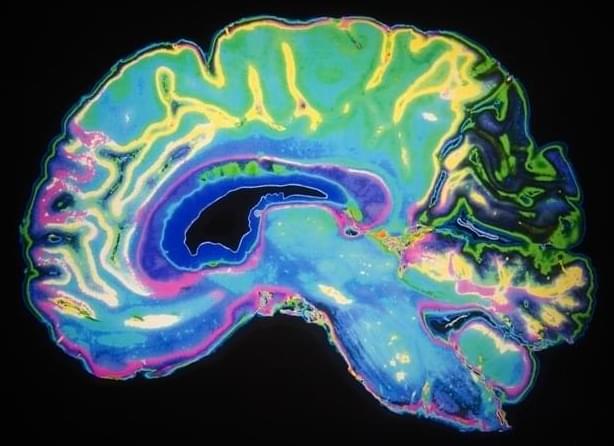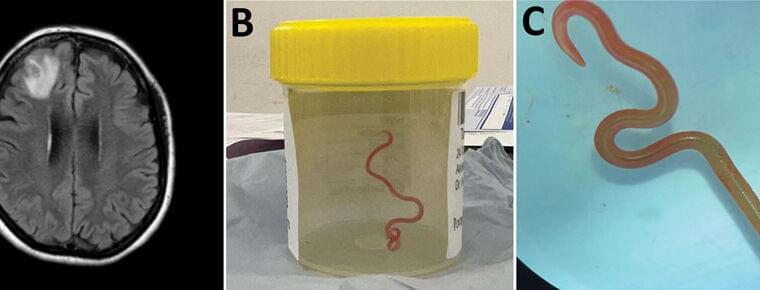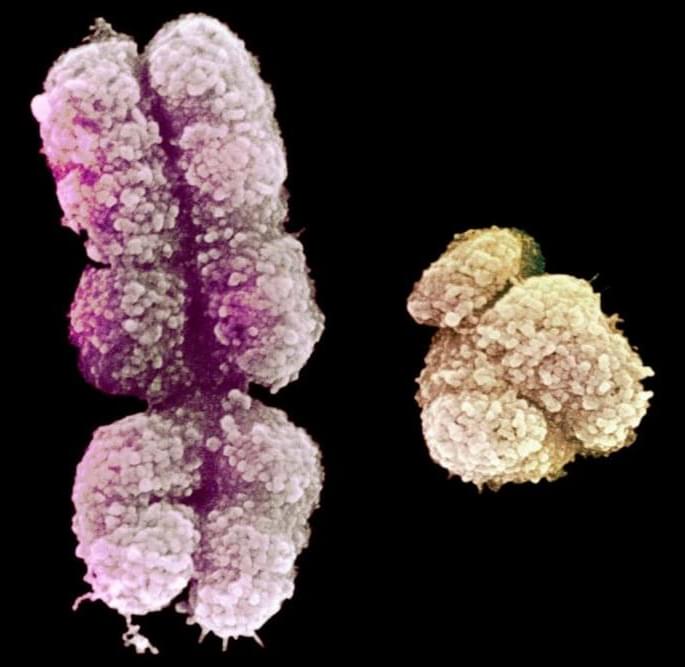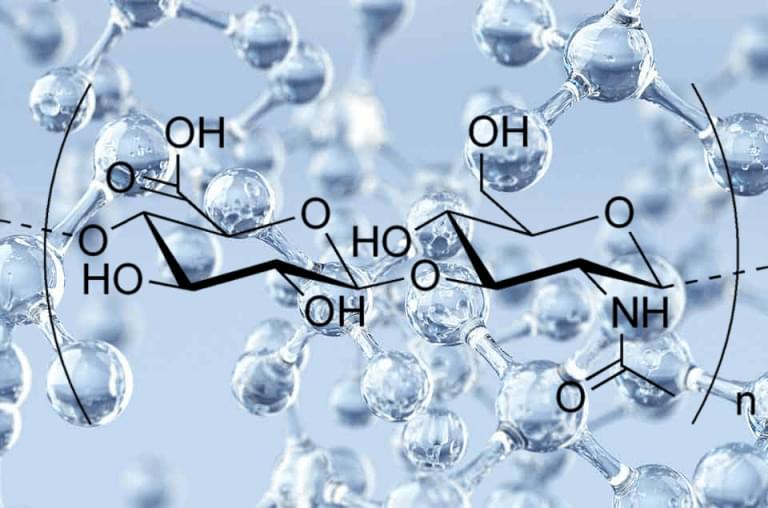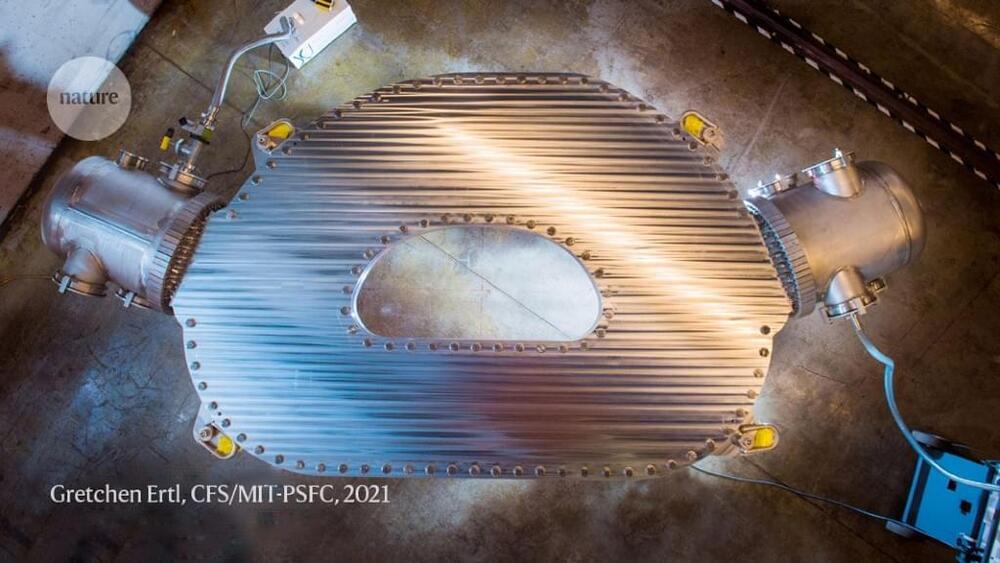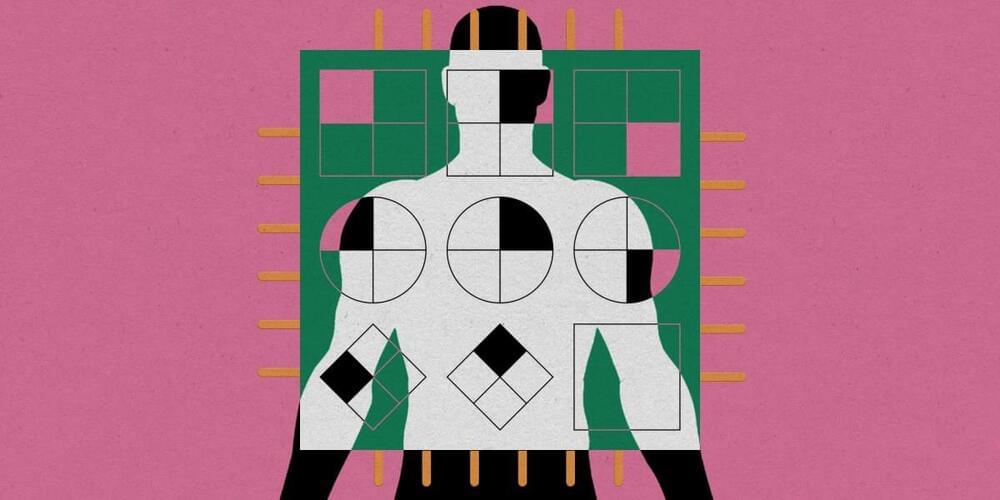Rice University scientists are starting small as they begin to figure out how to build an artificial brain from the bottom up.
Electrical and computer engineer Jacob Robinson of Rice’s Brown School of Engineering and Celina Juliano, an assistant professor of molecular and cellular biology at the University of California, Davis, have won a $1 million Keck Foundation grant to advance the team’s synthetic neurobiology effort to define the connections between neurons and muscles that drive programmed behaviors in living animals.
To begin with, Robinson and his colleagues are putting their faith in a very small animal, the freshwater cnidarian Hydra vulgaris, a tiny tentacled creature that has long been a focus of study in the Robinson and Juliano labs. Because they are small, squishy and transparent, they’re easy to manipulate and measure through Robinson’s custom microfluidic platforms.
